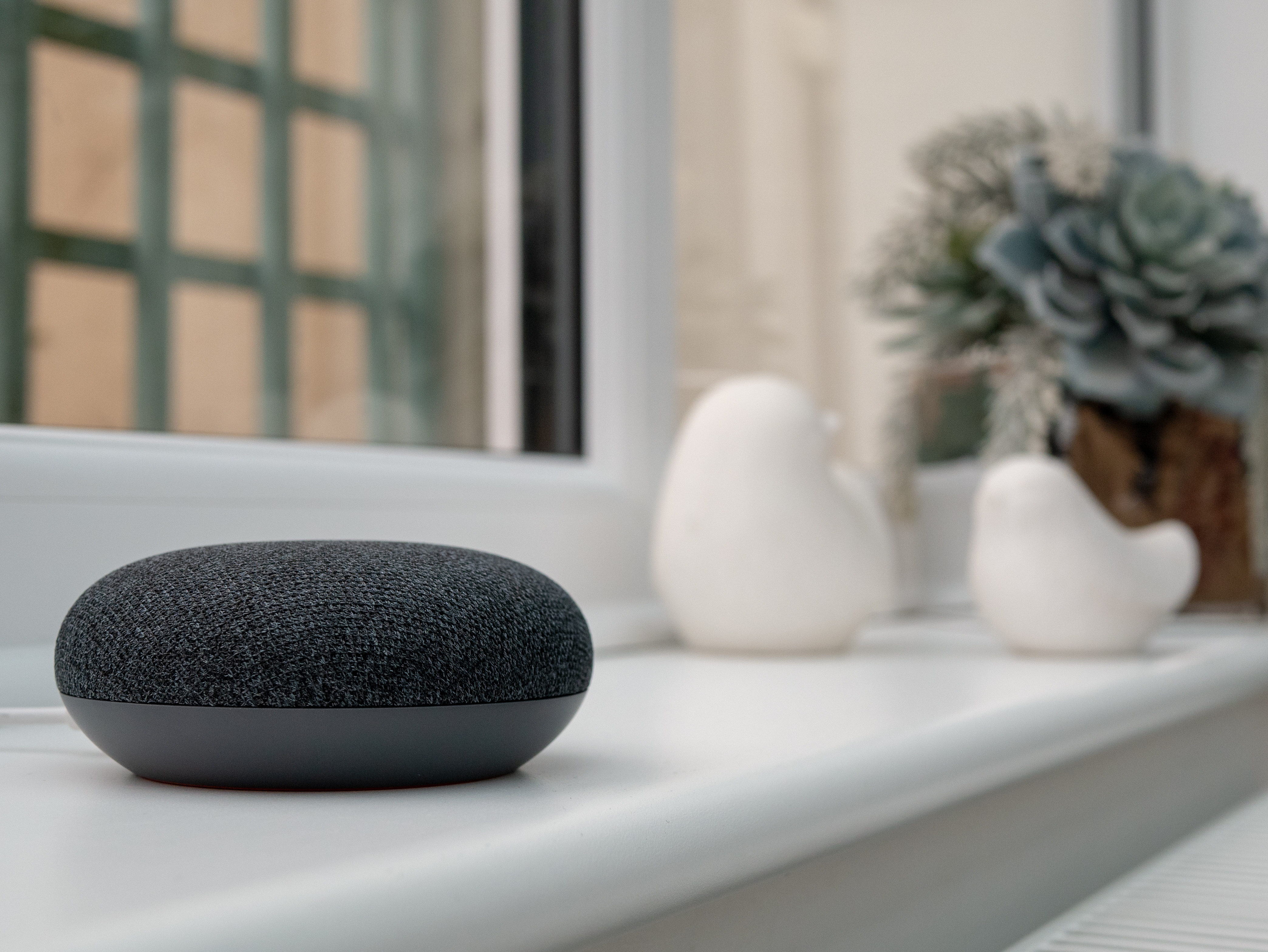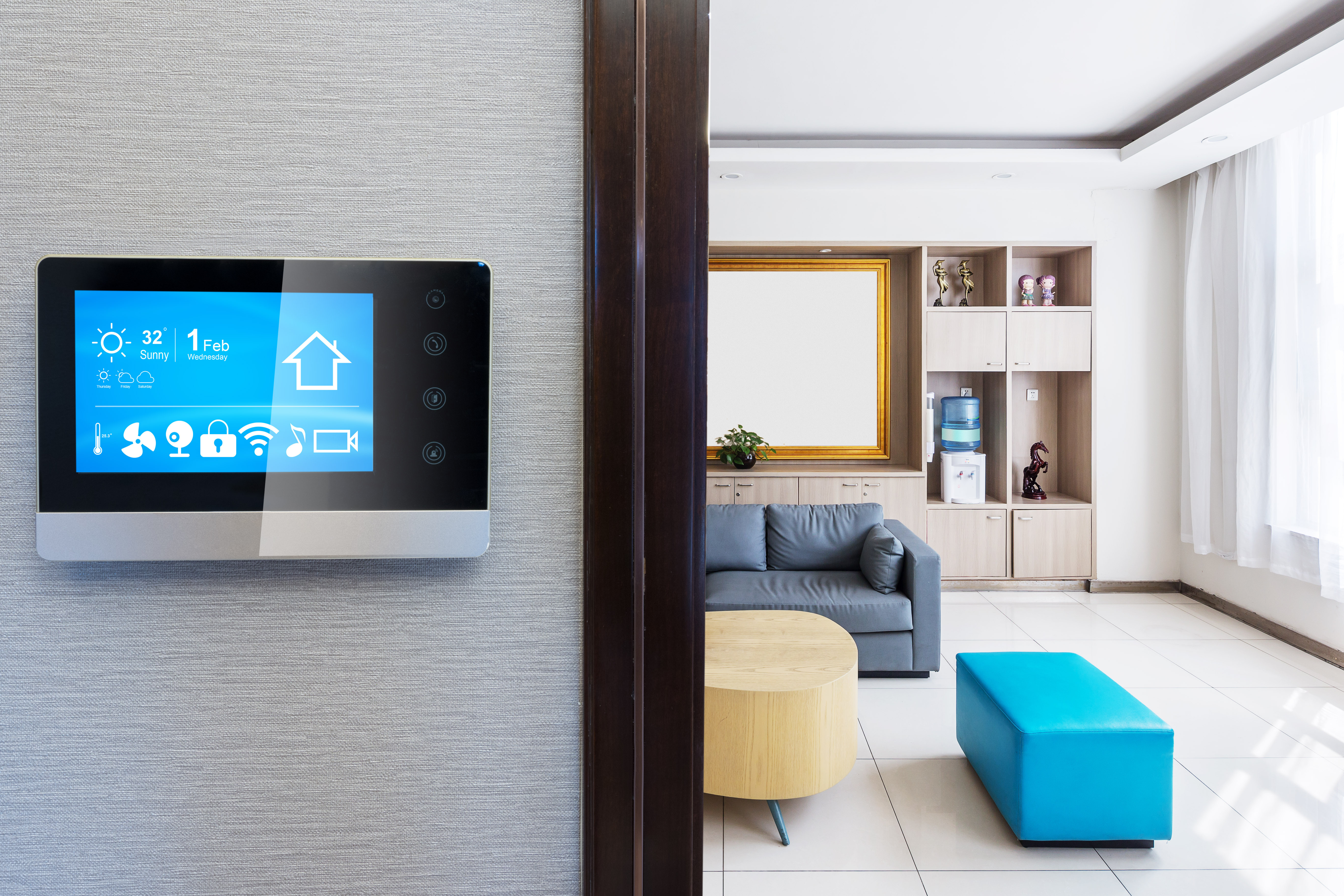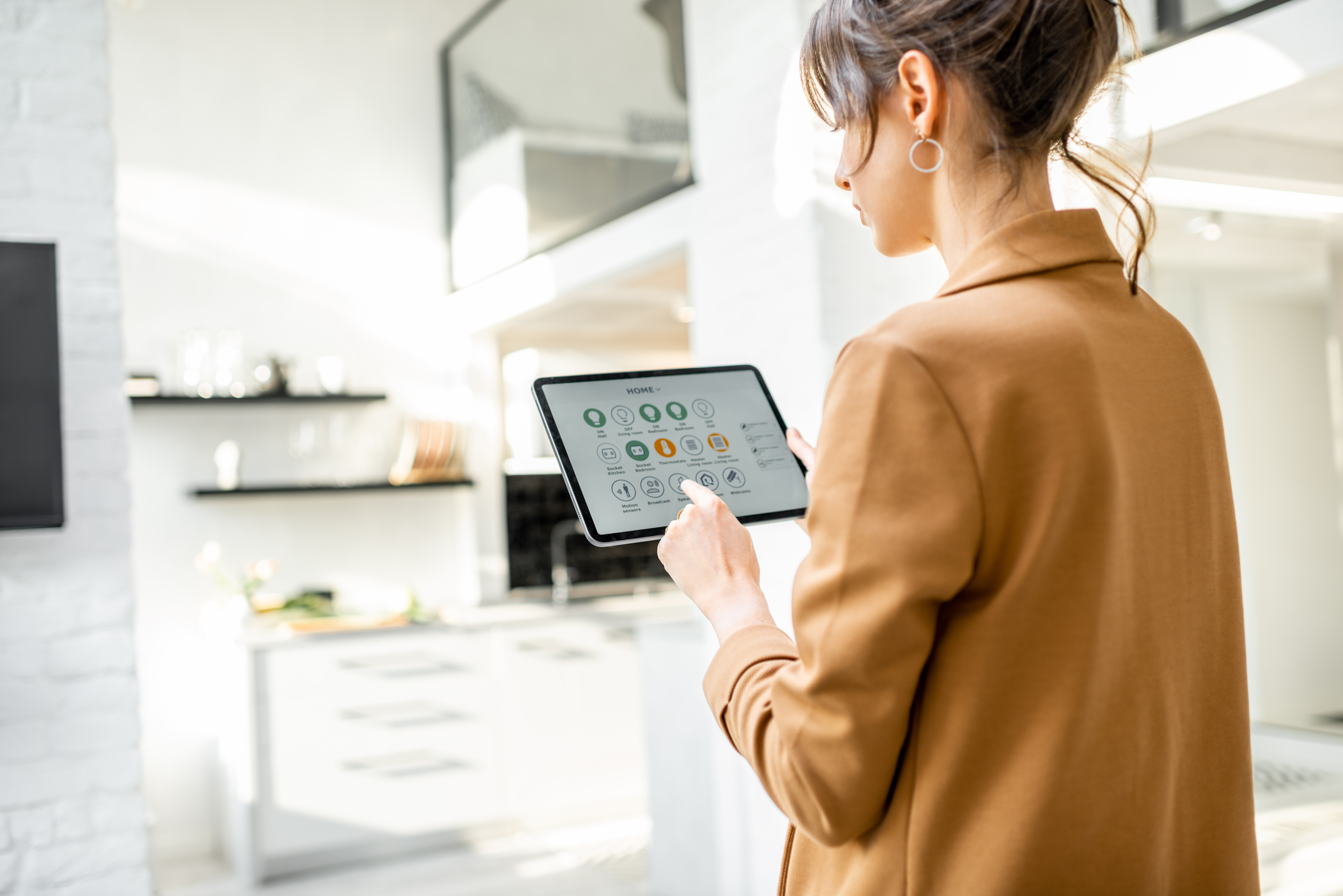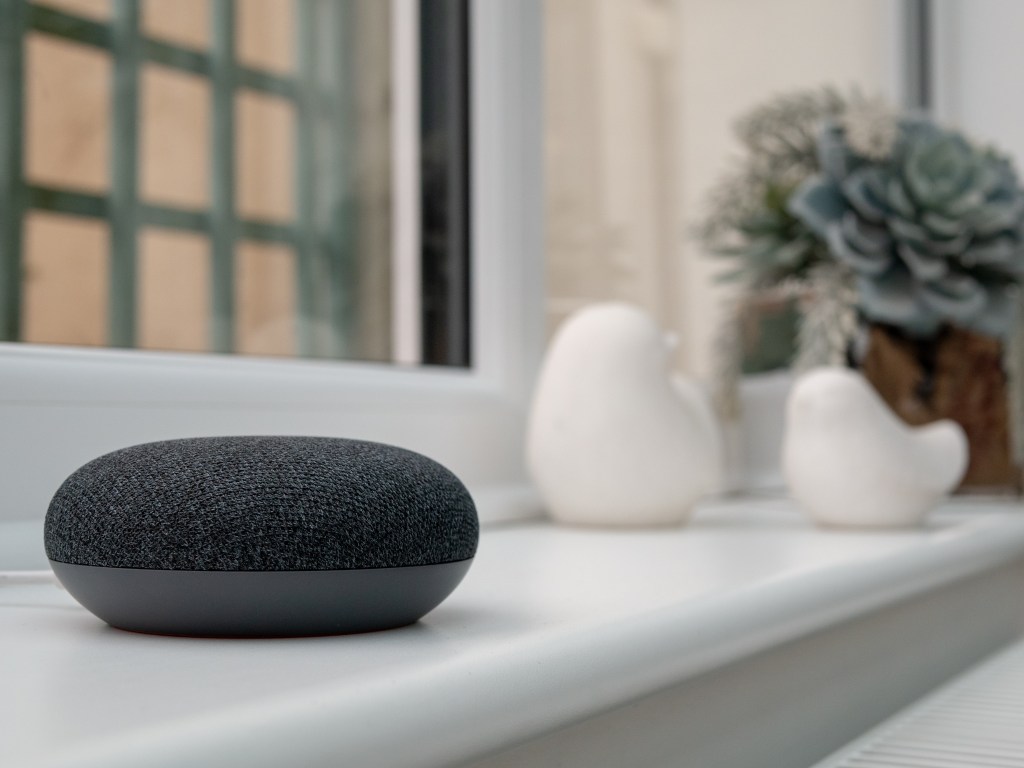The COVID-19 pandemic has made an impact on the future of smart home devices which sparked rapid adoption of smart products as consumers transform their living spaces into places of work, learning, and leisure. In fact, within the EU7 countries of Belgium, France, Germany, UK, Italy, Netherlands, and Spain alone, the sales value of smart products increased as much as 24% in 2020, reaching $28 billion.
Yet, despite strong growth, the uptake of smart home devices still remains relatively small and accounts for a minority of overall tech consumer goods sales – which stood at $799 billion in 2020. And regular usage is also low. For example, for most connected home products such as robotic floor cleaners and smart thermostats, regular users stand at around 1 in 10. This makes it a ripe sector for growth and an opportunity for brands.
The key to realizing this potential lies in the data. In this article, we will take a closer look at the future of smart home devices, from what’s driving consumer purchase decisions to how brands can overcome the challenges of adoption.
The rise of smart home devices
The future of smart home devices looks promising as awareness of smart home devices is high, with 80% of UK consumers now aware of smart home technology. In the UK over three in four consumers own at least one home automation product and in France, just under a third. In the Netherlands, almost 80% of people that are familiar with the smart home concept own at least one device.

“The fun factor remains and entertainment is still the number one use case, with smart televisions being the most bought smart product,” says Craig Melson, Head of Digital Devices, Market Access, Environment and Sustainability at techUK. “Other than that, it is about having an easier life by controlling the heating/energy, cooking, and saving money in the long run by buying smart thermostats and appliances.”
Across the EU7, the future of smart home devices looks bright, with demand for smart entertainment, and smart office products, such as smart televisions, speakers, and digital assistants, accounting for as much as two-thirds of the value of all connected devices sold. Globally, the most common smart home devices are televisions, printers, media boxes, and smart home security cameras.
Small domestic appliances and health products that include smart kitchen appliances and fitness trackers saw the next strongest demand, as people looked to simplify arduous chores and exercise without gyms. These accounted for 15% of smart sales for the EU7, showing an impressive growth of 41% compared to 2019. Major smart home devices, or domestic appliances like dishwashers and washing machines, also accounted for 15% of sales and experienced growth of 34%.
The future of smart home devices: the need for inter-brand connectivity
Some 24% of UK consumers have four or more smart home devices and now people are increasingly trying to work out how those things function together.
Connecting multiple smart home devices from different brands together is a top concern for consumers, despite many products being readily compatible with systems such as Alexa or Google Home. Cost is still the primary barrier, while personal privacy is also an area to watch.

The future of smart home devices, particularly smart home automation products, relies on brands finding ways to overcome these barriers. Connected devices will in theory work on other platforms such as Google, so a lot of it is about communication to reassure consumers.
More and more devices are coming online that support integration with the big technology firms’ own infrastructure, highlights Melson. But the most common way to increase consumer adoption of smart home devices is still by encouraging people to have multiple devices from the same manufacturer.
Smart home appliance growth areas brands need to know
Smart home categories such as smart doorbells are poised to continue to grow quite strongly. In fact, this is one of the categories people are most interested in buying – we’ve already seen this grow from 2% in 2018 to 8% in 2021 in the UK and another 28% are either planning to buy or are interested in buying a smart doorbell.
With the explosion in online shopping and home delivery, people have been concerned about making sure their deliveries make it to them safely. But they have been concerned about answering the door to complete strangers during the height of the peaks in COVID-19. It made perfect sense for people to check the delivery and ask the driver to leave something on the doorstep for them to pick up a few minutes later.

The future of smart home devices relies heavily on brands understanding the triggers behind purchase decisions and using that understanding to tap into these growth areas. For example, a smart security system might be a doorbell with a camera. But consumers don’t typically plan to buy a smart doorbell. Instead, they feel a need to increase security, or they’ve had parcels go missing or been irritated by unsolicited callers. Finding the sweet spot around consumer use cases and motivations is key for brands to unlock growth.
Matching smart home devices with the sustainability agenda
The future of smart home devices is environmentally friendly. Smart home devices that support consumers in saving energy and cutting bills will become more important, particularly as new homes adapt to new standards and rules around energy efficiency, and as more homes get smart meters and electric cars, according to Melson.
This is an exciting area of growth and that we are currently only seeing the tip of the iceberg when it comes to technologies such as smart thermostats.
In the UK there is a subset of consumers who are quite motivated by some of the environmental benefits that can come from having a smart meter and that it’s that group of people who are then much more likely to be buying smart thermostats.
In fact, our latest Green Consumer report found that 24% of European consumers are ‘Eco Active’. That means they feel responsible and are taking big steps to reduce their plastic waste while also understanding which companies genuinely care about the planet. If this trajectory continues, by 2025 over 40% of consumers will adjust their buying behavior to be more environmentally friendly.
Companies are innovating to realize this opportunity to drive the green agenda. Take Ecojoko, an energy assistant that analyzes electricity consumption in real-time, making recommendations on how to reduce energy waste. And Lasso, a home-recycling system that automatically sorts your garbage.
While the pandemic gave a significant boost to consumer appetite for smart home devices, the future of smart home devices depends on brands and marketers showing consumers what a connected, smart home looks like, clearly communicating its benefits (which must be highly relevant to actual problems or irritations that people face in their daily routine) and how easily the products connect and work together.
The way in for consumers is about a problem or need they have. People come with one problem at a time and create a smart home by accident or accretion, rather than by decision. However, for genuinely smart homes this incrementalist approach doesn’t work as well as thinking holistically about solutions. For example, if the consumer need is to make their home more energy efficient then smart meters, thermostats and lighting systems are all important.
Gain a deeper understanding of your target consumers through GfK data and insights
FAQs
What is a smart home?
A smart home uses devices and appliances that are connected to the internet and which can be controlled remotely from your smartphone or tablet.
How does a smart home work?
Smart appliances and devices automate or greatly increase the efficiency of many manual tasks, such as washing, cooking, and cleaning. You can control them remotely, typically from an app on your smartphone or tablet.
How do I create a smart home?
Start by solving one need or problem, such as improving the audio on your television or increasing your home security. Then gradually add more smart devices and where possible, purchase products from the same brand.
How do smart appliances work together?
A smart system such as Amazon Alexa or Google Home enables you to control multiple smart devices from one place.
How can GfK help my business with data and research on smart homes?
We hold global data that can provide detailed insights and actionable recommendations to help you understand your consumer wants and needs, now and in the future, to enable your business to adjust to adapt to a smart future.




